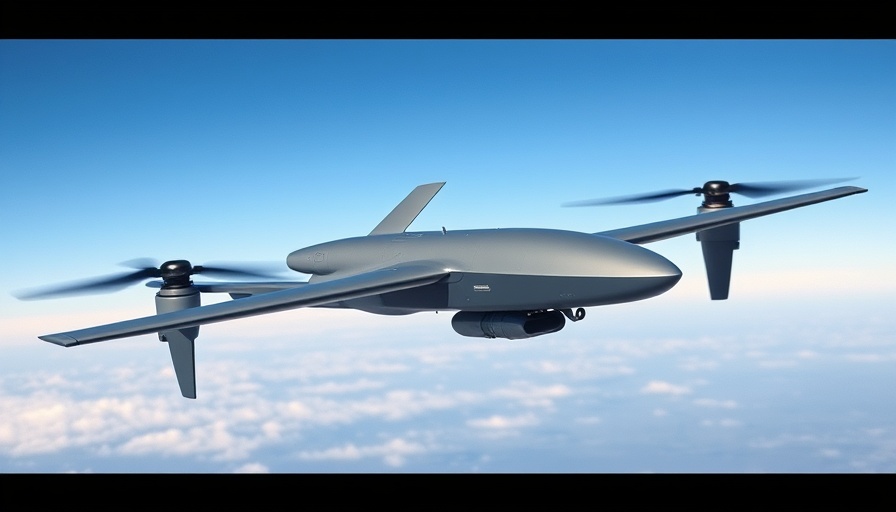
Understanding the Honda Grom's Appeal
The Honda Grom is quickly becoming a household name among urban dwellers and newbie motorbike enthusiasts alike. This diminutive motorcycle, introduced in 2014, has carved out a niche market, pairing affordability with mobility for those who traverse bustling city streets. Priced at $3,599, the Grom isn’t just a toy but a legitimate motorcycle that mandates rider licensing in many areas. Its blend of adult-sized ergonomics and a manageable size makes it an accessible option for new riders, while still providing an engaging experience for seasoned bikers.
Belt Drive Technology: Why the Upgrade Matters
One of the latest innovations in the Grom world is the shift from a traditional chain drive to a belt drive system, engineered by Gates Corporation. While most motorcycles rely on one of three conventional drive systems—chain, shaft, or belt—the belt drive conversion offers unique advantages. Gates' conversion kit minimizes maintenance concerns: it eliminates the need for regular chain lubrication and adjustment, a significant drawing point for cost-conscious individuals and companies who prioritize efficiency in their operations. Additionally, belt drives provide a smoother and quieter ride, enhancing the overall user experience.
The Future of Motorcycling: Trends and Innovations
The integration of belt drive technology into motorcycles like the Grom points to broader trends in the automotive and construction sectors, emphasizing durability and sustainability. As technology advances and sustainability becomes a critical focus in various industries, including construction, innovations that lower maintenance costs and decrease environmental impact are leading the charge for change. It’s no different in the world of bicycles and motorcycles, where consumers are transitioning toward options that align with more sustainable practices.
Customization: A Personal Expression on Two Wheels
Beyond the practical benefits of belt drive systems, the Grom has ignited a burgeoning culture of customization. Urban Grom riding groups and the popularity of modifying these machines showcase an intrinsic desire among motorcycle owners to express individuality. From aesthetic tweaks to performance enhancements, customizing a Grom reflects one’s personality on the streets. The realization that ownership today often extends beyond simple utility and into realms of personal branding echoes broader trends in consumer behavior across various sectors, including construction, where unique design elements can speak volumes about corporate identity.
Community and Collaboration: Building Connections Through Riding
The social aspect of motorcycle culture resonates deeply with community development. Local riding groups not only foster new friendships but also create local economies around motorcycle shops and coming together for events such as the One Motorcycle Show in Portland. In much the same way, communities benefit from construction initiatives that prioritize inclusivity and collaboration, leading to vibrant urban spaces that promote a sense of belonging. The connection between these motorbikes and community-building illustrates how lifestyle choices impact broader economic environments.
Becoming a Part of the Movement
Understanding the developments in motorcycle technology, such as the transition to belt drives, urges consumers—including business owners and property managers—to consider how such innovations can be adopted in their respective domains. As advancements in design and engineering happen within motorcycles, there are parallels to be drawn to the construction industry where sustainable practices and innovative solutions enhance operational efficiency and stakeholder satisfaction.
Now is the time for businesses to engage with emerging trends and technologies like this one. Embracing these changes not only elevates user experience but also aligns with the growing consumer demand for sustainable and efficient solutions.
 Add Row
Add Row  Add
Add 




Write A Comment